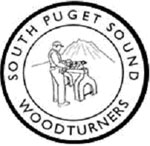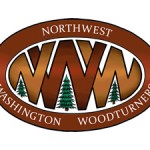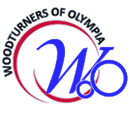Sunday, July 17th 2:00pm
It is that time of year again. The sun is out. The weather is beautiful. (Well today anyway.) And, it is PICNIC AND WOOD AUCTION TIME.
This year we have a new venue (fancy word for place). The picnic will be held at the North Lake Improvement Club. It is located at 33228 38th Ave South, Federal Way (actually Auburn).
Remember, this is a family event and is also a Potluck affair. It is also a wood auction. So bring your favorite dish(es) and join us for a day of fun.
Here are a few words about the wood from our esteemed president.
” After returning home (from the AAW Convention, ed.)seven of us gathered at Harry Lincoln’s home and then caravanned to “The LOG”. With seven Stihl saws with sharp blades going we harvested and cleaned the whole thing in two and a half hours. Though this is written before the Annual Potluck Picnic / Auction I know that everyone will be pleased with the wood this year. ”
Directions to Picnic:
From the South on I-5: Take Exit 142A, WA18-Auburn, take the Weyerhaeuser Way S exit. Turn left on Weyerhaeuser Way S (go 0.4 mi). Turn right on 33rd Pl S (go 0.3 mi). Continue on 334th St (go 0.1 mi). Bear left on 38th Ave S (go 0.1 mi). You have arrived.
From the North on I-5: Take Exit 142A, WA18-Auburn, take the Weyerhaeuser Way S exit. Turn left on Weyerhaeuser Way S (go 0.4 mi). Turn right on 33rd Pl S (go 0.3 mi). Continue on 334th St (go 0.1 mi). Bear left on 38th Ave S (go 0.1 mi). You have arrived.
From SR167: Take WA18 West (go 3.1 mi). Take the Weyerhaeuser Way S exit. Turn right on Weyerhaeuser Way S (go 0.3 mi). Turn right on 33rd Pl S (go 0.3 mi). Continue on 334th St (go 0.1 mi). Bear left on 38th Ave S (go 0.1 mi). You have arrived.
Better yet, type this address into your GPS: 33228 38th Ave S, Federal Way, WA and listen to the lovely lady tell you how to get there.
Looking forward to seeing all of you there. Bring your family and lots of food. I especially like desserts, the rest of it is overrated.




